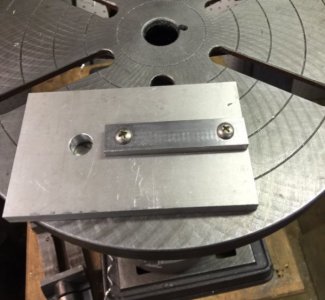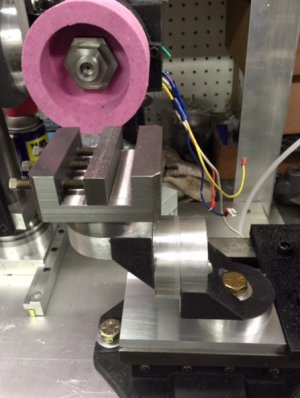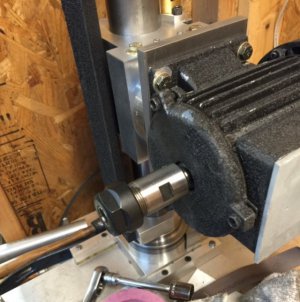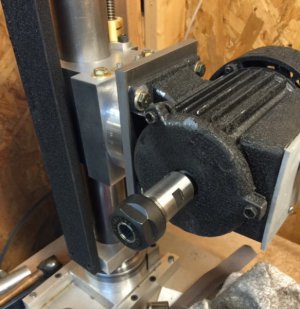B
Bill Gruby
Forum Guest
Register Today
Take a good look at that fixture from Shars Mark. The beef of the base is forward under the cutter holder. This keeps the grinding wheel from forcing down on the front of the fixture. It is much more rigid this way. No flex.
"Billy G"
"Billy G"
Last edited by a moderator:





